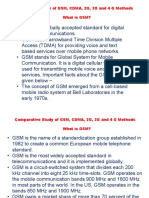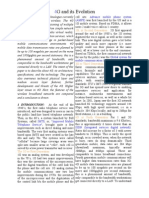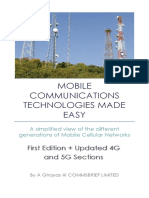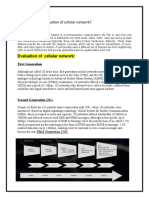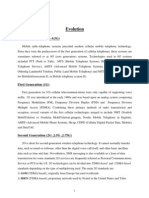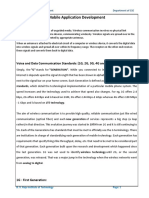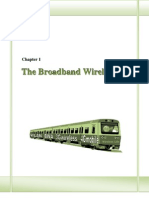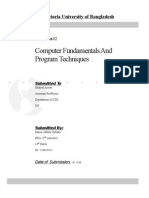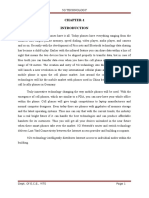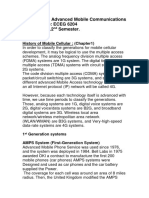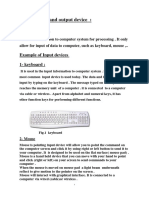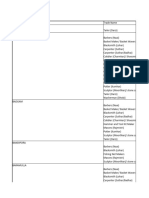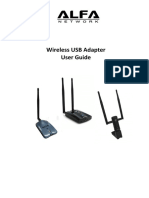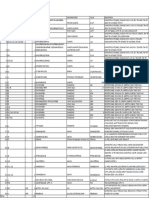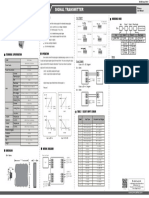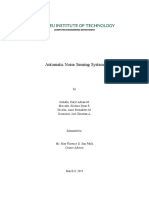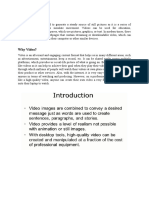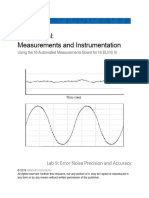0% found this document useful (0 votes)
154 views15 pagesWireless Networks: There Are Four Main Types of Wireless Networks
There are four main types of wireless networks:
1. Wireless Personal Area Networks (WPANs) connect devices within 30 feet.
2. Wireless Local Area Networks (WLANs) use radio waves to connect local resources and the internet, with ranges from a single room to an entire building.
3. Wireless Wide Area Networks (WWANs) connect over large areas like cities via mobile networks.
4. Wireless Metropolitan Area Networks (WMANs) connect multiple WLANs within a metropolitan area.
Uploaded by
Syed ShahidCopyright
© © All Rights Reserved
We take content rights seriously. If you suspect this is your content, claim it here.
Available Formats
Download as PDF, TXT or read online on Scribd
0% found this document useful (0 votes)
154 views15 pagesWireless Networks: There Are Four Main Types of Wireless Networks
There are four main types of wireless networks:
1. Wireless Personal Area Networks (WPANs) connect devices within 30 feet.
2. Wireless Local Area Networks (WLANs) use radio waves to connect local resources and the internet, with ranges from a single room to an entire building.
3. Wireless Wide Area Networks (WWANs) connect over large areas like cities via mobile networks.
4. Wireless Metropolitan Area Networks (WMANs) connect multiple WLANs within a metropolitan area.
Uploaded by
Syed ShahidCopyright
© © All Rights Reserved
We take content rights seriously. If you suspect this is your content, claim it here.
Available Formats
Download as PDF, TXT or read online on Scribd
/ 15

